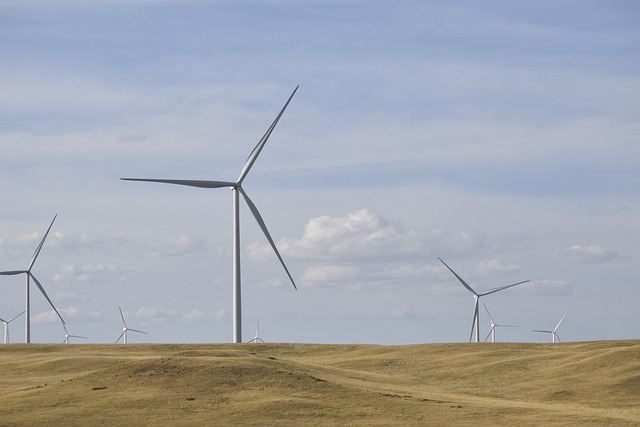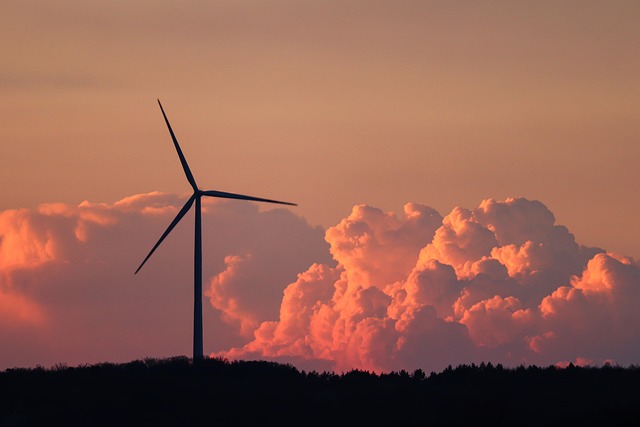Bridging Sustainability and Cityscapes: The Rise of Green Urban Development
As the world grapples with the realities of climate change, urban centers are stepping up to play a pivotal role in the quest for sustainability. Green urban development is not just a trend; it’s a necessary evolution in how we design, build, and inhabit our cities. Imagine bustling metropolis areas transformed into lush landscapes filled with greenery, energy-efficient buildings, and eco-friendly transportation systems. This vision is becoming a reality, igniting hope for a sustainable future.
The Urgency of Change
With more than half of the global population residing in urban areas, cities are the frontlines of environmental degradation. Pollution, carbon footprints, and the depletion of natural resources threaten the very fabric of urban existence. Rising temperatures and frequent natural disasters underscore the necessity for a shift towards green urban development. The good news is that innovative solutions are emerging, and cities are starting to take action.
Core Principles of Green Urban Development
At its essence, green urban development incorporates sustainability into the planning and construction of urban areas. This approach emphasizes:
- Energy Efficiency: Integrating renewable energy sources, such as solar panels and wind turbines, into building designs minimizes reliance on fossil fuels.
- Green Spaces: Incorporating parks, rooftop gardens, and green walls not only beautifies urban areas but also improves air quality and promotes biodiversity.
- Sustainable Transportation: Expanding public transit options, cycling lanes, and pedestrian-friendly paths reduces congestion and lowers emissions.
- Waste Reduction: Implementing recycling programs and composting initiatives minimizes waste and fosters a circular economy.
City Case Studies Leading the Way
Several cities worldwide are making significant strides in green urban development. For instance, Copenhagen aims to become the world’s first carbon-neutral capital by 2025, leveraging cycling infrastructure and renewable energy sources. Similarly, Singapore‘s vertical gardens are redefining skyscraper design, seamlessly integrating nature into the urban environment.
Meanwhile, Portland has made headlines with its commitment to planning that prioritizes walkability and public transit. These cities exemplify how green urban development can enhance livability while simultaneously addressing environmental concerns.
The Role of Community Engagement
For green urban development to reach its full potential, community involvement is crucial. Engaging residents in discussions about urban planning leads to more effective and inclusive solutions. When communities take part in the planning process, their unique needs and desires shape a more vibrant, sustainable urban landscape. Together, we can foster a sense of ownership over our city spaces, making sustainability a shared goal.
The Path Forward: Innovations on the Horizon
The future of green urban development holds incredible promise with advancements in technology and design. Smart city initiatives integrate IoT (Internet of Things) technologies for efficient resource management, while advances in green building materials allow for more sustainable construction practices. Innovative financing models can also catalyze investments in sustainable infrastructure, making green development more accessible.
As we deepen our understanding of the importance of sustainable practices, the potential for green urban development to transform the way we live together grows exponentially. It’s not just about creating sustainable spaces; it’s about fostering a culture of environmental stewardship that empowers individuals, communities, and governments alike.
In embracing green urban development, we are not only reconstructing our cities but also reimagining our relationship with the environment. This movement symbolizes hope for a sustainable and harmonious future, underscoring the resilience of urban landscapes to evolve alongside nature.




